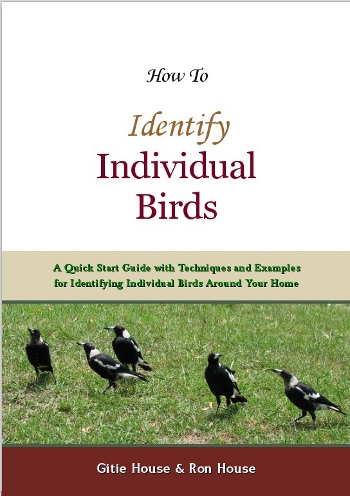 |
Identifying Individual Birds: | Communicating with Wild Birds: | Bird Intelligence & Relationships | Other Hearts |
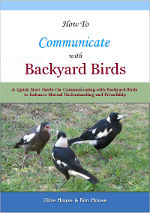 |
|
| Communicating - Articles | Not Just A Bird.... | Meeting Maggie | Flying Foxes & Bats | |||
| Rescuing Birds | No Life for Caged Birds | |||||
| Feathery Tales | Your Winged Friends | The Sticky Beak - Slideshows | Books | |||

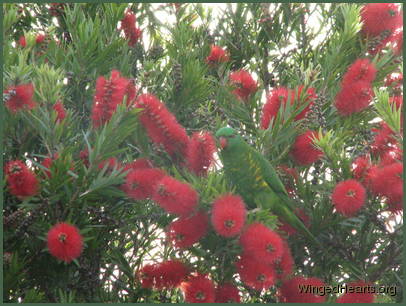 In order to understand birds, one has to pay attention with both ones ears and eyes. In other words we need to hear the sounds they are making while also following their actions. I call this 'Listening With Your Eyes'.
In order to understand birds, one has to pay attention with both ones ears and eyes. In other words we need to hear the sounds they are making while also following their actions. I call this 'Listening With Your Eyes'.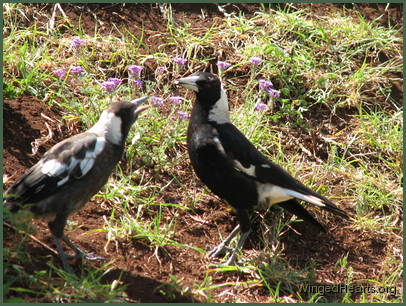 Today I'm going to show you some examples of the way birds use 'show and tell' as a way of communicating with us (and also each other).
Today I'm going to show you some examples of the way birds use 'show and tell' as a way of communicating with us (and also each other).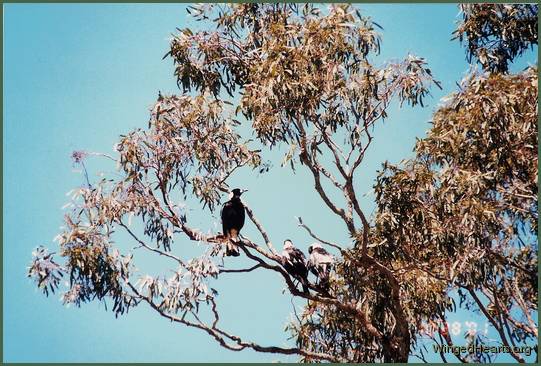
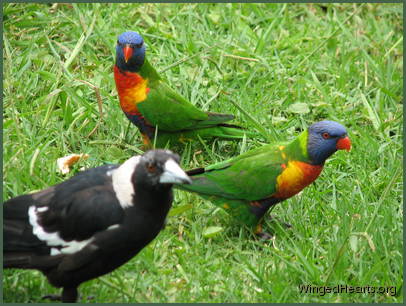 By now you will have a few friends whom you recognise and call by name. The next stage is to get o know more about your birds.
By now you will have a few friends whom you recognise and call by name. The next stage is to get o know more about your birds. 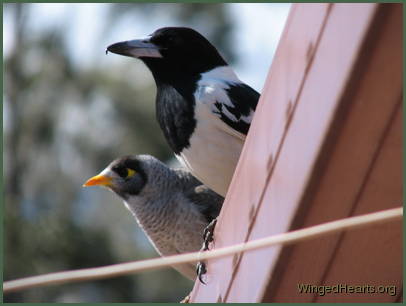 Now the birds are getting used to you taking an interest in them. They are beginning to create their own patterns of understanding your words and behaviour, based on the sound and tones of your words and also your actions and movements.
Now the birds are getting used to you taking an interest in them. They are beginning to create their own patterns of understanding your words and behaviour, based on the sound and tones of your words and also your actions and movements.




